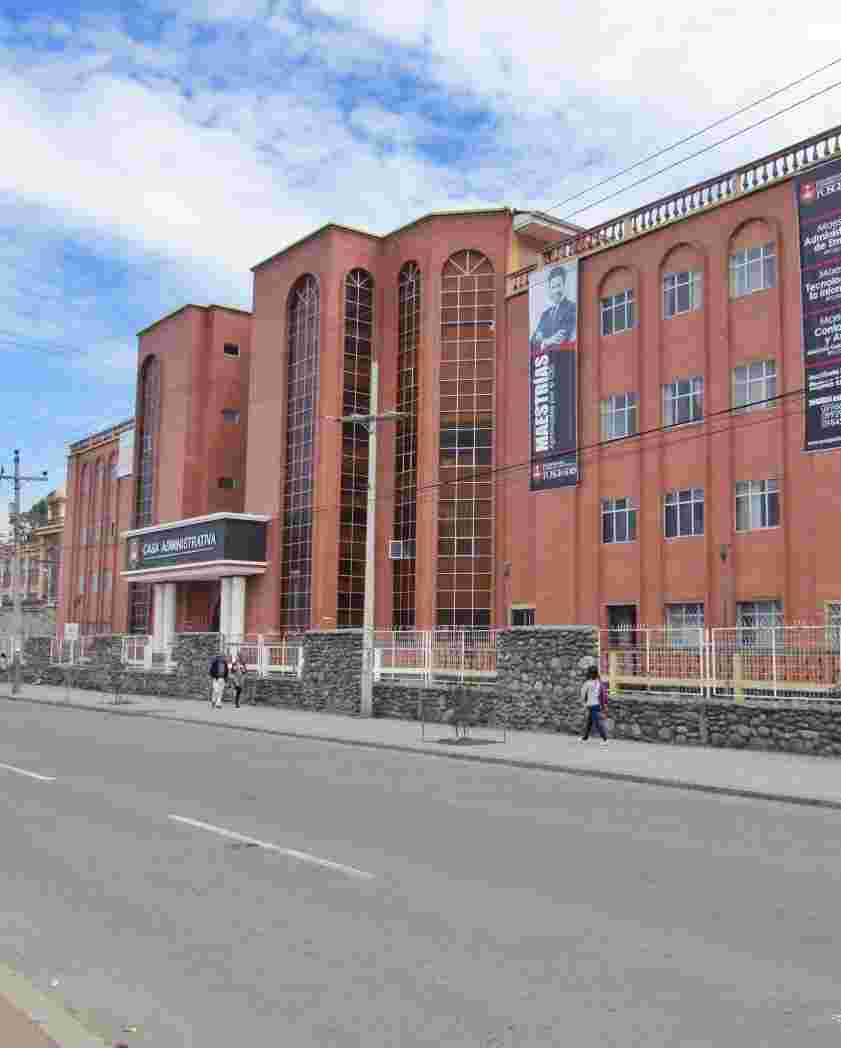Trabajos de Titulación - Sede Azogues - Medicina
URI permanente para esta colecciónhttps://dspace.ucacue.edu.ec/handle/ucacue/89
Examinar
Examinando Trabajos de Titulación - Sede Azogues - Medicina por Autor "0105064372"
Mostrando 1 - 1 de 1
- Resultados por página
- Opciones de ordenación
Ítem Solo Metadatos Luxación de Hombro, Primera vez(Universidad Católica de Cuenca., 2021) Pulla Guayas, Christian Esteban; Crespo Domíngues, Felipe; 0105064372; ., .Introduction: Glenohumeral dislocation constitutes a frequent pathology in the emergency department, which if not properly diagnosed and treated can lead to injuries that impact thequality of life of individuals. Objective: To describeshoulder dislocation for the first time. Method: A systematic review of the literature was carried out using the available online systems: Medline Plus, Medigraphic, Reciamuc, Scielo, Reseachgate, BVS DScape, Redalyc, Cochrane, Intramed, Pbubmed, Elsiever, Google Scholar, and Traumatological Medical Societies, which met the inclusion criteria: to be related to the topic, to be performed between 2016- 2021. Subsequently, a database was developed using the Mendeley program, for better organization and classification of information according to relevance, similarities, and differences. Results - Conclusions: Glenohumeral dislocation is characterized by the loss of contact between the humeral and glenoid surfaces. It represents 45 to 50% of all existing dislocations. Anterior dislocation is the most common type with an indicator of 85 to 96%, followed by posterior dislocation 1.7 to 4.3% and inferior dislocation 0.5%. The classic sign of anterior dislocation is the epaulet shoulder. The most commonly used imaging test in an emergency is radiography which should be req uested to confirm the diagnosis and postreduction. Treatment includes closed reduction or surgery, immobilization, and physiotherapy. The main injuries of an anterior dislocation include Bankart's lesion, Hill Sachs, axillary nerve injury, circumflex, brachial plexus, and axillary artery.




